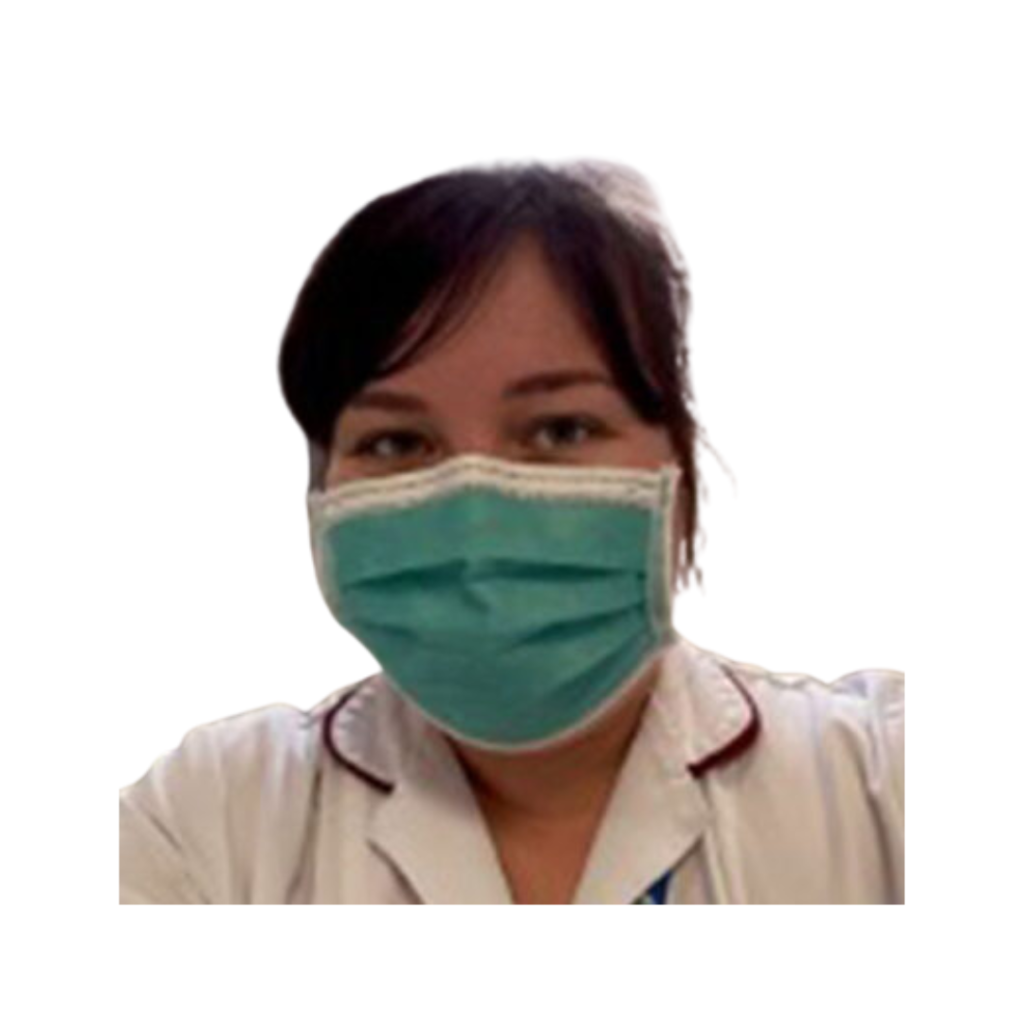Job Title
Senior Radiographer
Where are you based?
Hospital
Is your role clinical or non-clinical?
Clinical
What qualifications did you have when you joined the NHS?
A university degree in Diagnostic Radiography.
How did you come to work in the NHS?
After I finished my degree, I applied for radiography jobs through the NHS job website. I had done three years of university which included placement time, so I understood how the NHS worked and what was expected of me as a qualified radiographer.
Briefly explain your job
As a radiographer, I take x-ray images of the body to aid Doctors in a diagnosis of a patient’s condition. This could be anything from broken bones to cancer diagnosis and chest infections. Depending on where I am working, my day to day can be very varied. I could be spending my day in theatre providing imaging or I could be working with patients who are currently in hospital for one reason or another. I could also be working in the Accident and Emergency department which is always interesting as there is no knowing what examination will be needed next. Other days, I work in the community alongside GP appointments, outpatient clinics and minor injuries. No matter where I am, the day is always varied with different examinations and different patients. No two days are the same.
What do you love about your job?
A good part of the job is knowing that you have helped someone solve the mystery of what is wrong with them – whether it’s a broken bone from a fall or a cough that won’t go away. Being part of the patient’s journey and helping them is a good feeling and is always rewarding. Many patients are incredibly grateful for the NHS and its staff. The thanks I receive for doing my job is lovely to hear and makes me feel appreciated for my work.
What is challenging about your role?
The shift work (starting early, finishing late or working nights) can be challenging but once you get used to it, its not too bad. Seeing a patient who is in pain, confused or scared can be difficult. One of the main challenges of the role is lack of staff. There is a national shortage of Radiographers. My main challenge is to not become too emotionally involved with the patients and their stories. For example, some patients are victims of domestic abuse or assault and others are frail older persons with no family and dementia which can be challenging to work with.
Is there career progression in your role and how would you get there?
As a Radiographer, there are many different avenues and paths that can be taken, from specialising in a certain type of imaging to reporting or teaching. Developing in the NHS allows you to look at all of these different areas and give something interesting a go. It’s the only way to determine if it’s something you like doing. Knowing what you do and don’t like will give you a clearer view of where you want your career to take you.
What would you say to a young person thinking of joining the NHS?
Working in the NHS can be hard and tiring and sometimes thankless, but it is still interesting, diverse and exciting. From a Radiographer’s point of view, no two days are ever the same and no two patients are the same. One minute, you’ll be working with a 101 year old who fell and broke their hip and the next you’ll be working with a one year old who put Lego up their nose. It is different, difficult, unique and hard, but knowing you’ve helped someone is what matters.

